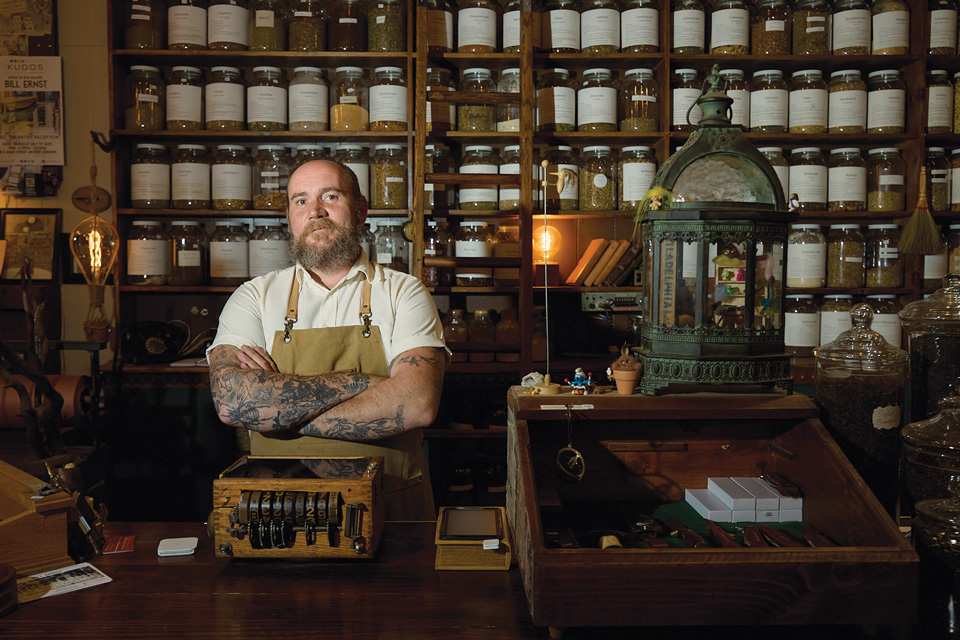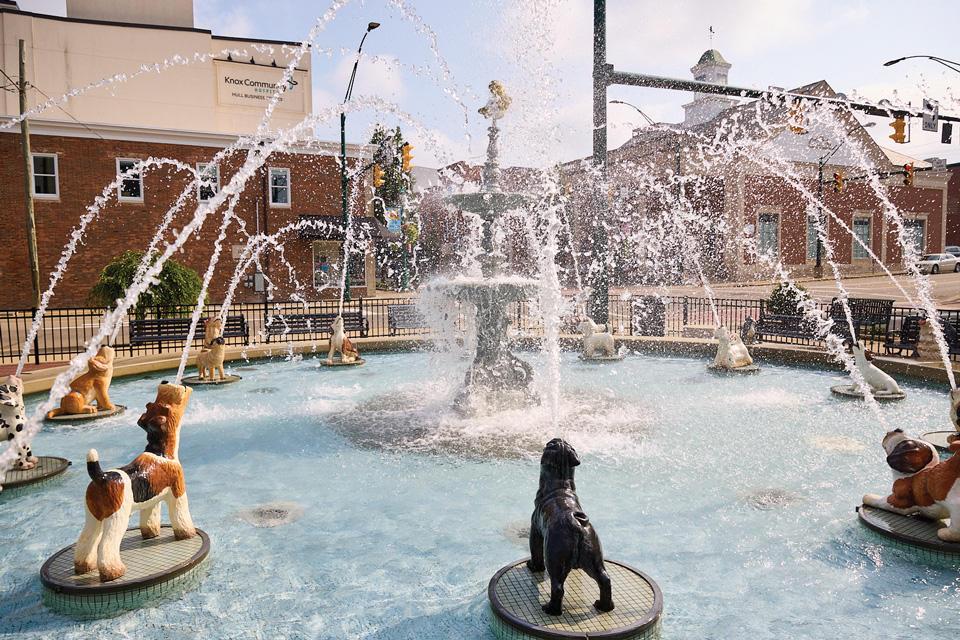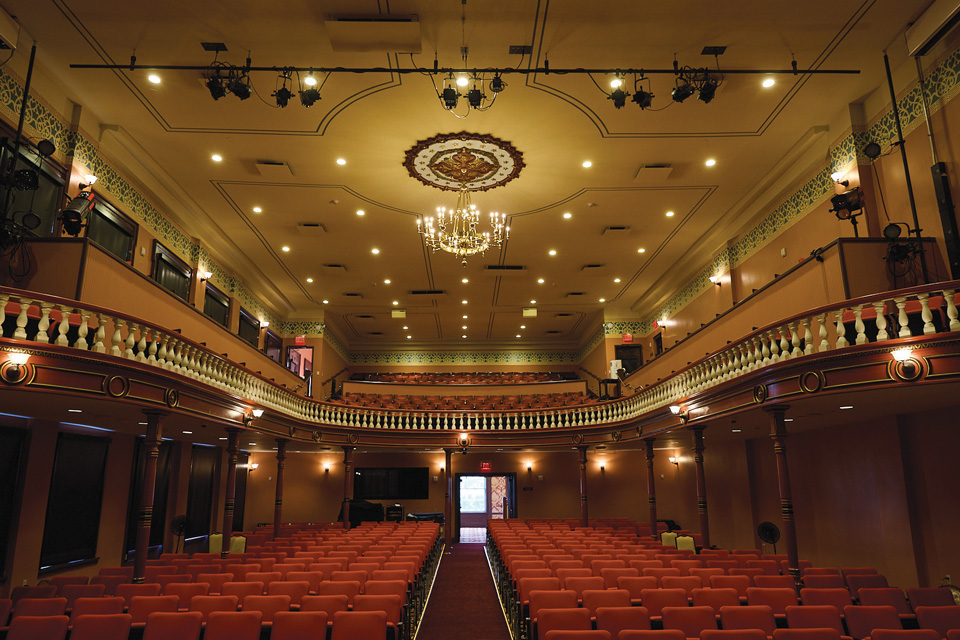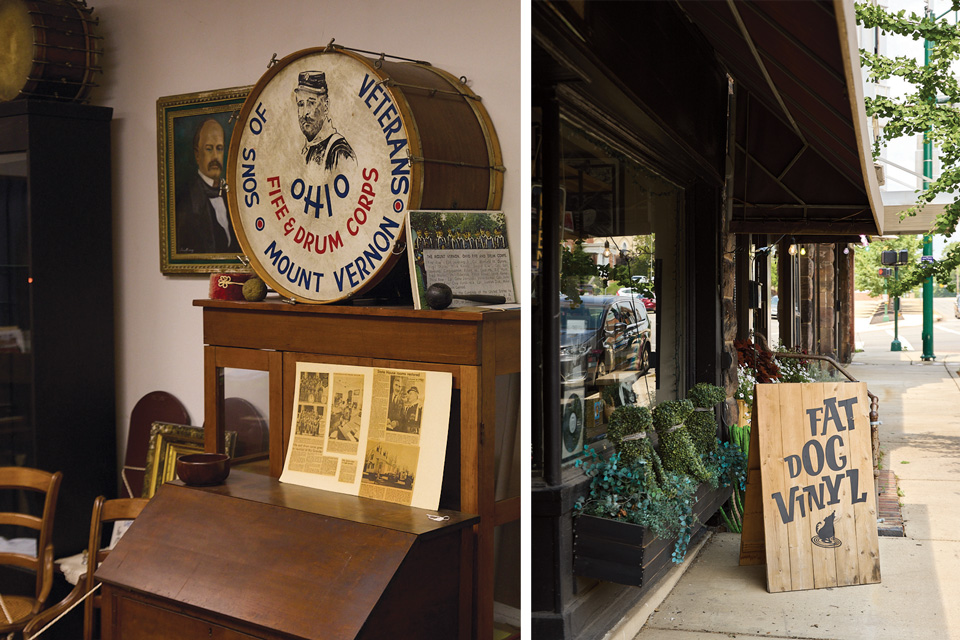Travel
Best Hometowns 2025: Mount Vernon
This Knox County city works to create a vibrant community that stands at the crossroads of history, education and the arts.
Related Articles

Ohio Magazine’s Best Hometowns 2025-26
This year, we honor Ashland, Barnesville, Green, Mount Vernon and Yellow Springs. These five communities embody the characteristics that make us proud to call Ohio home. READ MORE >>

Best Hometowns 2025: Ashland
This college town in Ashland County offers an inviting downtown, events that build a sense of community and deep ties between campus and city. READ MORE >>

Best Hometowns 2025: Barnesville
This Belmont County village’s historic architecture and annual pumpkin festival showcase the rich traditions the community is building on for a new generation. READ MORE >>








